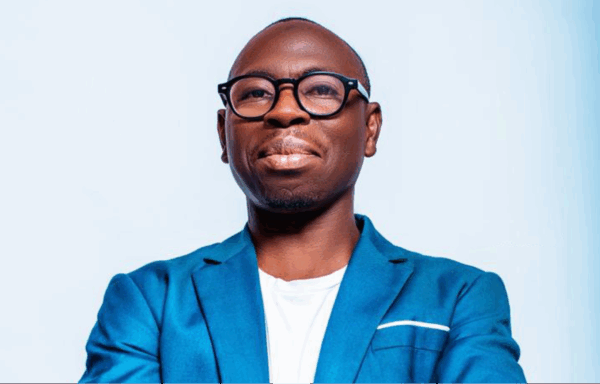By M. Morel SYLLA
Cultural diplomat, Director of the PMC Consulting Cabinet, President of the Maraguiri Association, Technical Partner of the KANIA SOLY Festival
At a time when the global map of influences is being redrawn, culture is once again becoming an instrument of sovereignty and a strategic asset now rivaling technologies, data, and finance. The central question is no longer “who produces the content?”, but “who imposes the narrative?”. The Guinean case shows that a country with intact symbolic capital can transform its intangible heritage into a lever for negotiation, attractiveness, and international competitiveness.
The narrative as a new geopolitical theater
Global competition has shifted towards imaginations. Powers that manage to articulate their cultural capital into a coherent narrative become reference points. South Korean K-Pop and Japanese manga have restructured entire creative economies, while the Francophonie mobilizes languages as instruments of influence, and the Nordic nations have converted their design identity into a scalable industry.
Guinea, on the other hand, has a unique identity heritage through its structured percussion, codified orality, ritual aesthetics, and choreographic gestures. It remains one of the few African nations whose cultural matrix has not been platformized by others. However, the challenge is not to celebrate this singularity, as the focus should be on strategic organization and the capacity to project the national cultural ecosystem.
The country is called upon to transform its heritage into a political, economic, and diplomatic resource in order to influence the new global arbitration of attention, trust, and meaning.
From heritage to power
The main national challenge is not the absence of artistic identity, but the lack of organized mechanisms allowing its conversion into power because Guinea has an extraordinarily rare symbolic capital, still intact, raw, and organic. This capital does not require invention or reconstruction; far from it; it simply requires architecture, engineering, standardization, and long-term vision, for the simple reason that the strategic shift does not lie in inspiration but in structuring. It is less about celebrating our arts than creating conditions for their exploitability on a national and international scale.
The value chain deficit determines that artists lack technical, legal, commercial, and diplomatic environments, which hampers the idea of an ideal ecosystem focused on continuous production. Creation remains driven by individuals, digging the furrow of an almost immutable heritage where the aforementioned power issues call for the creation of reproducible, transferable, and capitalizable systems. Nations that have transformed their culture into an industrial sector are numerous. Examples like Korea, Japan, Quebec, or, closer to home, Nigeria and Ghana, have done so by implementing platforms, standards, methodologies, dedicated schools, and political frameworks capable of financing, regulating, scaling, and exporting.
This is the real challenge for Guinean culture, which is generally understood as “expression”, and whose challenge is more than ever to enter the category of “industry”. As long as our rhythms remain performances, they will never become strategic assets. As long as our stories remain narrated, they will never become products of influence. The challenge is to move from intuitive power to structured power so that symbolic recognition transforms into strategic valuation, riding on scalability.
Guinea is indeed called upon to bring its culture into the realm of measurability, calculability, and reproducibility; where creation no longer serves to amaze but to weigh economically, diplomatically, and politically. It is this transition from the sensory to the industrial that will determine whether our heritage becomes an immobile asset or a power infrastructure.
For a Guinean doctrine of competitive cultural diplomacy
Faced with all of the above, approaches to solutions are conceivable through the construction of a doctrine of cultural diplomacy based on the intelligence of our memory, the structuring of our creative value chains, and the strategic mobilization of our youth as an influence interface. The country is called upon to rebuild its heritage through an educational and transmissive approach aimed at restoring, archiving, certifying, museumizing, digitizing, and transforming our sites, stories, and practitioner corpus into cognitive infrastructures capable of producing knowledge, professions, and exportable expertise.
Simultaneously, it is necessary to organize our performing arts, rhythms, troupes, festivals, residences, and territorial cooperation into a true creative economy, where percussion, dance, and stage are no longer isolated symbolic expressions but links in a structured industrial chain equipped with standards, markets, rights, networks, and valuation levers. Finally, the activation of mobility, reciprocal cultural civic service, and cross-training must become Guinea’s silent diplomatic arm, making youth an active force for circulation, translation, and international projection.
It is in the articulation of these three dynamics that the viability of a cultural diplomacy capable of financing its own deployment, strengthening sovereignty, and giving Guinea a stable, durable, and measurable influence in the concert of nations lies.


